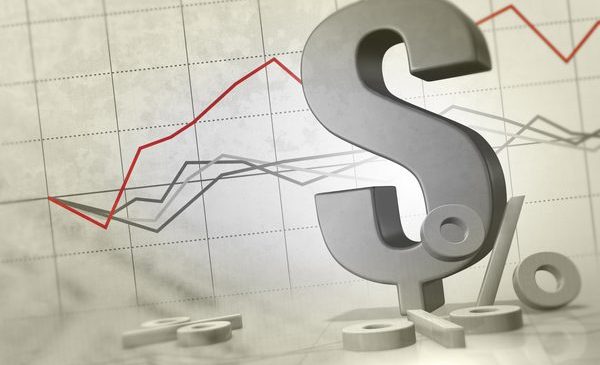

November 02 , 2020
In my experience working with “buyers and sellers” in recent years, the uncertainty resulting from COVID-19 in 2020 and 2021 made it much more difficult to reach agreement on a business' appraised value. By the way, “buyer and sellers” in this context can also be parties to a lawsuit like divorce or shareholder disputes. In any case, they often have differing expectations as to what the future holds for the business. This can be magnified under a pandemic where government restrictions and market changes may alter the normal flow of business. "Selling a business" or "buying a business" today can certainly be more complicated than in the past. A business dispute or divorce negotiation can be affected in the same or similar manner.
The value of a business at its basic level is today’s [present] value of the future cash flows. This is determined by capitalizing today’s cash flow (essentially applying a multiple) and/or forecasting/discounting future cash flow. These methods analyze the historical performance of the business for an indication of its future performance and economic benefits. “Buyers and sellers” of businesses have to agree on what they should expect from the businesses in the future, and, thus, how much to pay for that today. Examining historical results, like those from 2020 and 2021, can be misleading in certain circumstances with one or both side (s) using an extraordinarily good/bad year (s) to their advantage.
Differing expectations have to be reconciled for deals/agreements to happen. Business appraisals must demonstrate how a range of issues - such as COVID - can impact the business going forward. It’s not a matter of just looking at historical results, however. Historical results can’t always predict the future and that premise could not be any more relevant w/ COVID-19 in 2020 and to a lesser degree 2021. Results that come from suffering a bad/good year or maybe two due to external factors beyond the owners control must be adjusted or normalized in the valuation process.
Government mandated lockdowns caused many businesses to have to close their doors which, for most, meant no revenue for a period of time. Others devised different income streams – online sales, pick/delivery only, other products, etc. It is very important to evaluate whether these changes are permanent or temporary. Temporary changes can be viewed as one-time events and will impact value less (if at all) than permanent changes. Permanent changes such as distribution improvements and/or operating efficiencies will increase business value. The answers to these questions require detailed discussions with “buyers and sellers” of businesses about their business model and the risks inherent in it.
COVID-19 caused a great deal of uncertainty or risk for business owners regardless of whether or not changes might be deemed permanent or temporary. Businesses are in place to provide future benefits to owners. The expected timing, growth, and magnitude of these benefits, or cash flows, are impacted by risks or the uncertainty of achieving expectations during an extraordinary event like COVID-19. As you might surmise, the higher (lower) the risk the lower (higher) the value your business will be to prospective buyers and sellers. .
Instability drives value lower (i.e., lower multiple) by making it harder for “buyers and sellers” to agree on the potential benefits from a business because there is more risk. Instability can be short-term in nature such as having to add additional resources or having supply and distribution problems that cause operating losses and increases in capital expenses. Or it can be long term in nature such as changes in the expected growth rates, unproven business model changes, etc. Long-term changes impact value the greatest.
Experts in the art of business appraisal help explain different expectations of “buyers and sellers” by justifying in writing and quantifying the business’s expected growth, profitability, etc. They might also suggest deal structures such as earn-outs to alleviate differences. The external environment’s impact on normal business operation is complex. An extraordinary event like COVID-19 can affect different business in different ways. One must ask the right questions, research and support answers, and communicate the result in an understandable and effective manner.